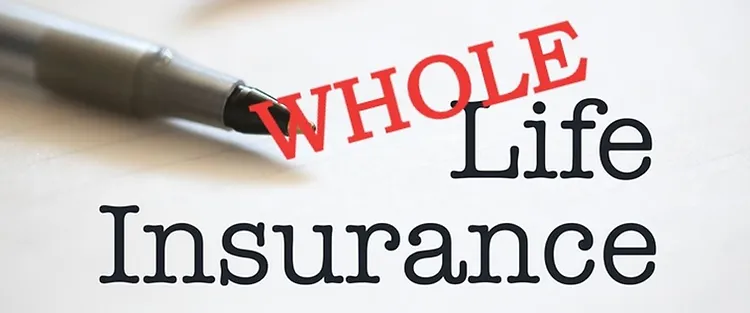What is
Whole Life Insurance?

How Whole Life Insurance Works
The underlying cost of all life insurance goes up every year as we get older. Term life insurance smooths that process out by levelling our premiums over periods of time called ‘terms’.
Now what happens if the life insurance company takes the cost and averages them out over an even longer period of time? Let’s say the insurance company averages your cost of insurance (that go up every year) over your entire lifetime? If they did that, we would see premiums that are level for life. And that’s the core definition of whole life insurance – level premiums for life.
It is highly recommended to speak with one of our licensed life insurance brokers if you are considering purchasing whole life insurance. It is a long-term financial commitment and should be given a lot of thought and consideration before purchasing.
In summary, term life insurance has premiums that go up every so many years and whole life insurance has premiums that are level for life.

What is Whole Life Insurance?
- Lasts your entire life (it never expires).
- It has two main attributes which are the death benefit and the cash value.
- The death benefit starts at a specified number chosen by the policy owner (e.g. $100,000). This is the amount that is paid out to your beneficiaries, tax free in the event of death.
- The cash value starts at $0.00. As you fund the policy premiums over time, the death benefit and the cash value will both increase (for most policies).
Let's Connect

